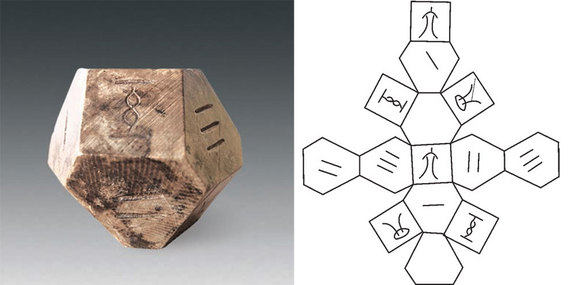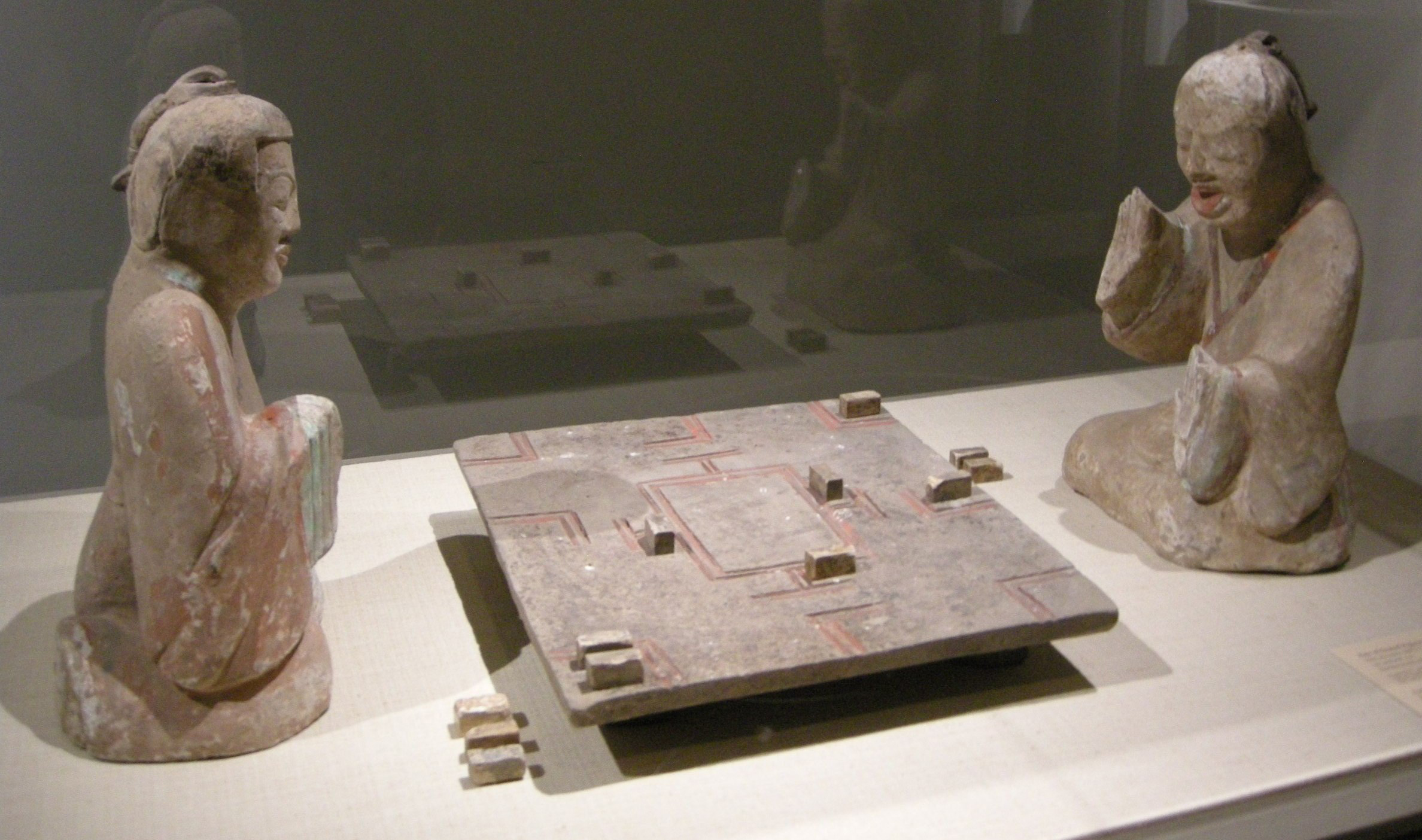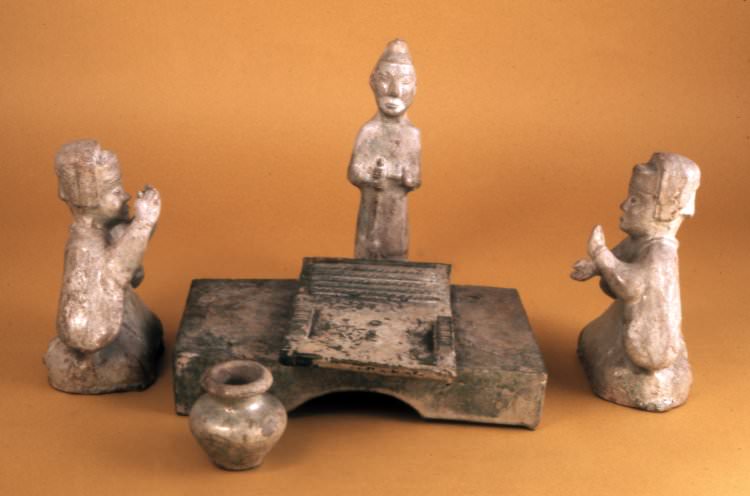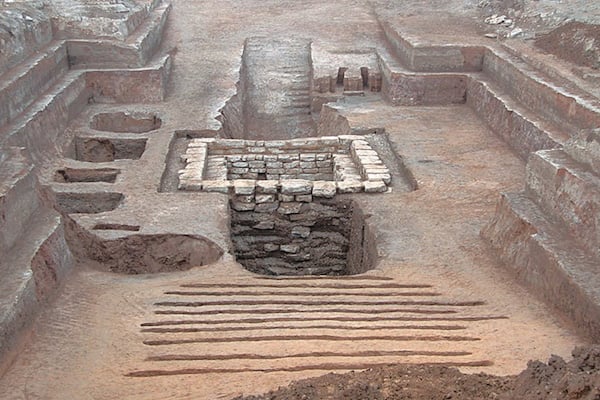A remarkable archaeological discovery in China has unveiled pieces of a mysterious ancient board game that has intrigued historians and game enthusiasts alike. The unearthed artifacts, dating back 2,300 years, provide a rare glimpse into ancient Chinese culture and leisure activities. This finding sheds light on a board game that was last played around 1,500 years ago, offering new insights into its historical context and significance.
Unearthing the Ancient Game Pieces

In Qingzhou City, archaeologists uncovered intriguing remnants from an ancient board game within a 2,300-year-old tomb. According to Live Science, the discovery includes a 14-faced die made from animal tooth, 21 rectangular game pieces with numbers painted on them, and a broken tile believed to be part of the game board. These artifacts suggest a complex and engaging game, hinting at the sophisticated recreational activities of the time.
The Game of “Bo” or “Liu Bo”

The game pieces are thought to belong to an ancient Chinese board game known as “Bo” or “Liu Bo.” Despite its historical prominence, much about the game remains unknown. The last recorded instance of the game being played dates back 1,500 years, and its rules have since faded into obscurity. However, the recent discovery offers a tantalizing glimpse into its possible mechanics and cultural importance.
Clues from Ancient Literature
A 2,200-year-old poem has provided researchers with some clues about the game’s nature. The poem describes the game using bamboo dice and ivory pieces, suggesting a competitive and strategic pastime. It reads: “Then, with bamboo dice and ivory pieces, the game of Liu Bo is begun; sides are taken; they advance together; keenly they threaten each other.” This literary reference adds depth to our understanding of Liu Bo, portraying it as a dynamic and engaging activity.
Reconstructing the Game Board

When the broken tile was reconstructed, it revealed a fascinating design. The tile was “decorated with two eyes, which are surrounded by cloud-and-thunder patterns,” as reported in the journal Chinese Cultural Relics. The 14-faced die, inscribed with numbers 1 through 6 in ancient Chinese seal script, had each number appearing twice on 12 of the faces, with two faces left blank. These intricate details highlight the artistic and cultural value of the game pieces.
The Looted Tomb

The 2,300-year-old tomb, featuring two ramps leading to the burial chamber, had suffered extensive looting over the centuries. Archaeologists discovered a skeleton, believed to belong to one of the ancient looters, within one of the 26 shafts in the tomb. Despite the looting, the discovery of the game pieces remains a significant find, providing valuable insights into ancient Chinese history and culture.
Conclusion
The discovery of the ancient board game pieces in Qingzhou City is a significant milestone in archaeological research, offering a unique window into the past. While much about the game of Liu Bo remains shrouded in mystery, the unearthed artifacts and literary references provide valuable clues about its gameplay and cultural significance. As researchers continue to study these findings, we may yet uncover more secrets about this enigmatic ancient game and the society that played it.
